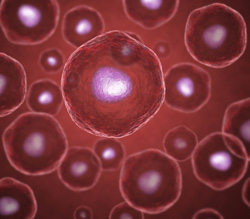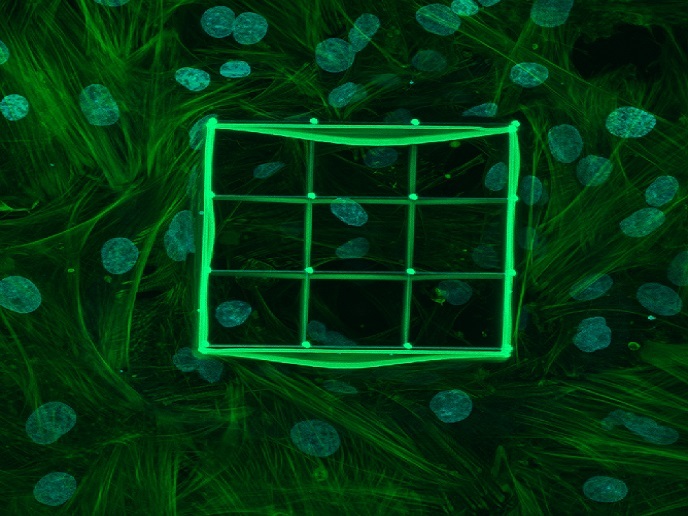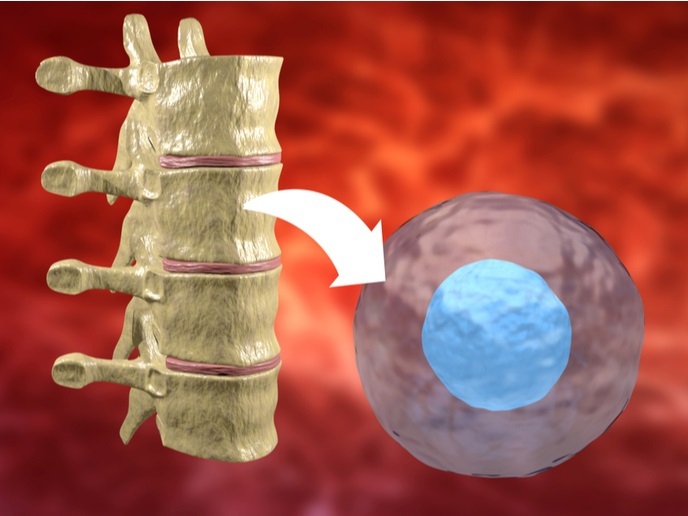Nanotech for understanding cellular differentiation
Using cultured cells to study biological processes is not a new endeavour. Scientists have been researching the processes of cell differentiation, or how so-called precursor cells become functional eye cells or brain cells or bone cells, for quite some time. However, the advent of nanotechnology has opened new doors for processes and techniques to control and study differentiation processes. European researchers supported by funding for the ‘Cell programming by nanoscaled devices‘ (CELLPROM) project set out to develop new nano-scaled surfaces to affect cell differentiation and to study it in vitro. Investigators focused on three different animal and human adult stem cells: murine embryonic stem cells (MESCs), adult pancreatic and glandular stem cells (PSLCs) and murine bone marrow precursor cells (MBMPCs). They sought to develop procedures and equipment enabling the precise creation of nanoscapes, tailor-made molecular landscapes. The technology would allow for the first time the production of defined populations of specifically programmed cells for the study of cellular differentiation. The CELLPROM project made significant advances in nanotechnological device development. Continued research should lead to important breakthroughs in our understanding of cellular differentiation and eventually to development of molecular and cellular therapies for a variety of disease processes.







